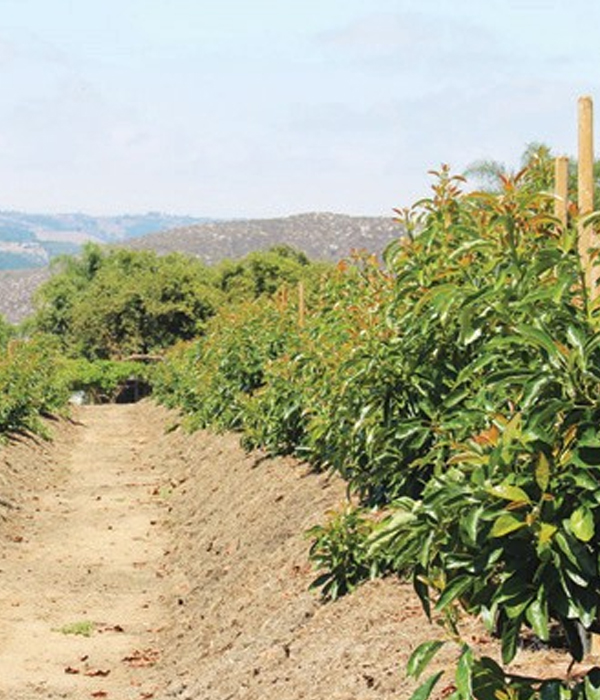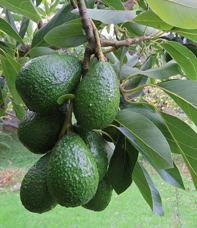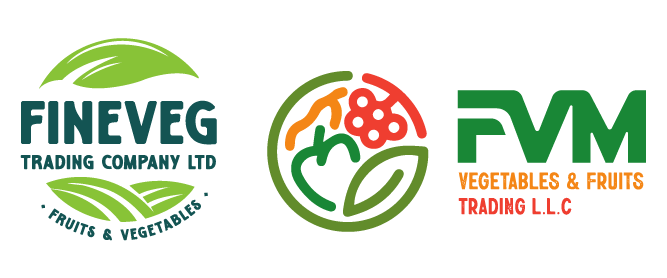Our Products
Fresh, seasonal fruits & organic veggie
Fresh ingredients for healthy life
Place your order for shipping
We ensure that we export vegetables and fruits of high quality and quantity to our customers.

Apple Mango

Ngowe Mango

Kent Mango

Custard apple


Avocado
Avocado is a bright green fruit with a large pit and dark leathery skin. They’re also known as alligator pears or butter fruit. Avocados are a favorite of the produce section. They’re the go-to ingredient for guacamole dips. And they’re turning up in everything from salads and wraps to smoothies and even brownies. So what, exactly, makes this pear-shaped berry (yes, that’s right!) such a superfood?
Avocado Nutrition
Avocados have a lot of calories. The recommended serving size is smaller than you’d expect: 1/3 of a medium avocado (50 grams or 1.7 ounces). One ounce has 50 calories. Avocados are high in fat. But it’s monounsaturated fat, which is a good fat that helps lower bad cholesterol, as long as you eat them in moderation. Avocados offer nearly 20 vitamins and minerals. Avocados are low in sugar. And they contain fibre, which helps you feel full longer. In one study, people who added a fresh avocado half to their lunch
were less interested in eating during the next 3 hours than those who didn’t have the fruit.
Hass Avocados are generally bigger in cool areas that are in altitudes between 1000m to 2000m, as compared to warm areas. The optimum temperature is 20 to 24 degrees Celsius. Hot, dry weather may cause the Hass Avocado fruit to drop prematurely. Although avocados are fairly resistant to drought, well-distributed rainfall of 1000mm – 1200mm is needed for proper crop development. Avocados also hate wind. This is because the trees have very brittle branches that snap off easily.

Purple Passion fruit
Passion fruit, a climbing vine, may be a versatile crop whose demand is growing in export as well as domestic markets. The fruit is often eaten fresh or consumed after extracting the pulp and creating juice. The juice is used in very many forms of products and also the pulp could also be added to completely different dishes. A large range of cosmetic merchandise and food flavours are derived from a fruit that’s made of Vitamins A and C and carotene. Purple varieties do higher at higher altitudes than the yellow varieties. Yellow varieties, on the other hand, tend to yield higher and are more resistant to diseases.

Yellow Passion fruit
Passion fruit, a climbing vine, may be a versatile crop whose demand is growing in export as well as domestic markets. The fruit is often eaten fresh or consumed after extracting the pulp and creating juice. The juice is used in very many forms of products and also the pulp could also be added to completely different dishes. A large range of cosmetic merchandise and food flavours are derived from a fruit that’s made of Vitamins A and C and carotene. The yellow selection with similar taste but is less aromatic, and a lot more acidic.

Papayas
Papayas grow in tropical climates and are also known as papaws or pawpaws. Their sweet taste, vibrant colour, and a wide variety of health benefits they provide make them a popular fruit. The papaya, a previously exotic and rare fruit, is now available at most times of the year. Papayas are a soft, fleshy fruit that can be used in a wide variety of culinary ways. Here we will explore more on the health benefits, uses, how to incorporate more of them into your diet, and what nutritional value papayas have.

Karela(Bitter Melon)

Dudhi (Bottle Gourd)

Okra (Lady Fingers)



